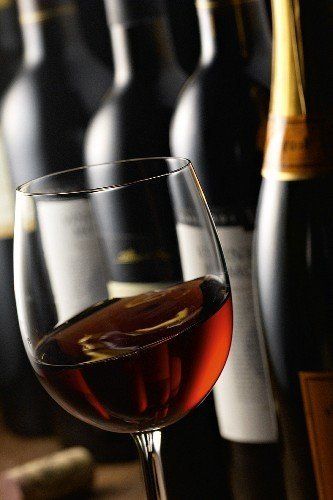White wines were once my favorites and all I tried. Then I started trying wines other than what my Parents and Grandparents always had on the table. I started learning and tasting reds, and eventually learned All about Blended Wines. The more I learned, the more I tried, and my life is now blessed with many varietals and Blends. Understanding how to pair wines with so many foods became a blessing. I can turn any dinner into an event that people will always remember. The information below should help you understand more about Blended wines and entice you to try new wines as well.
Ross Szabo said, “In my last piece I called blended wines the ice cream sundae of all of my favorite grapes”. Blends are some of the most complex and interesting types of wine. In order to learn more about the process, I spent a day with Mariana Onofri. Mariana a sommelier and Wine Director at The Vines of Mendoza. Mariana leads more than 100 blending sessions per year working with the company’s vineyard owners and guests.
Here are the 5 facts you need to know:
1. Difference between varietals and blended wines. A standard varietal like Malbec, Chardonnay etc., is made from the same type of grape. Sometimes winemakers will use grapes from different plots of a vineyard or different regions for a varietal. However they are all the same type of grapes. In the U.S. a varietal needs to be 75 percent of one type of grape. In Europe it’s generally 80 percent and in Argentina it’s 85 percent. It’s possible for wineries to add other grapes to a varietal to enhance the elements and still call it a single varietal wine.
Read my page on a Fine Wine of the Month Club
Blends are what their name suggests. They typically consist of at least 40-50 percent of one type of grape and a smaller mix of two or more other grapes.
2. Blending makes wines more complex: Blending is used to maximize the expression of a wine. It can enhance aromas, color, texture, body and finish, making it a more well-rounded and complex wine. If a wine doesn’t have a strong scent, for example, a winemaker can add five percent of a more potent smelling grape. another way is to experiment with different types of varietals coming from other vineyards. They could have been aged in oak barrels, fermented in various kinds of vessels or just harvested in different phases of ripeness.
Read my page on a Fine Wine of the Month Club
In Argentina, the heart of most blends is Malbec. Merlot can be used to give the wine a better aroma and make it seem fresher or smoother. Cabernet Franc or Sauvignon are often added for structure or tannin concentration to make a more powerful wine. Creating the perfect blend also depends on the characteristics of the year and the expression of each grape. The possibility for combinations that result in a quality blend are endless.
3. Some single varietals are made for blending: Winemakers will often make a barrel of Malbec, Cabernet Sauvignon, Merlot or other wines solely for the purpose of blending. As the grapes are being harvested, a winemaker determines what they think will be the best formula for a blend. Allotting specific barrels for blending allows them to experiment in finding the best types of mixtures. The idea is to highlight each grape’s strength and complement the other grapes being used in the blend.
Read my page on a Fine Wine of the Month Club
4. The timeline for mixing wines varies: Winemakers mix blends in a steel tank. Lower cost blends are rarely aged in oak and higher cost blends are generally aged in oak. Some winemakers put blended wines into an oak barrel half way through the aging process. Others put the wines together one to two weeks before bottling. Some try letting the wines ferment together from start to finish. Again, the goal is to develop the best of everything in the wines and each winery determines what approach works best for them.
5. Some grapes aren’t used for blending: White wines tend to be pure varietals. However, there are some exceptions, particularly in certain regions in Europe where two or more white grapes are used. Pinot Noir is a type of grape that is rarely blended. That is why when you are having a Burgundy it will likely be a 100 percent Pinot Noir.

